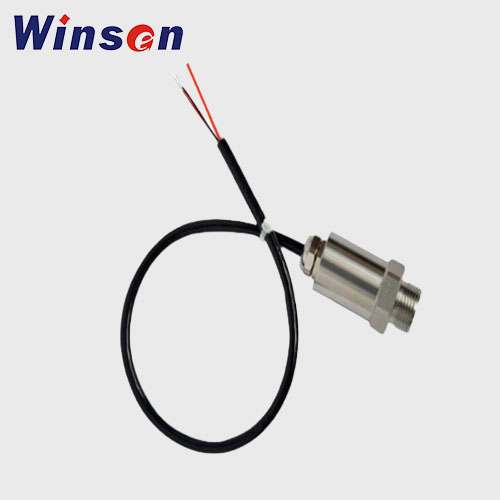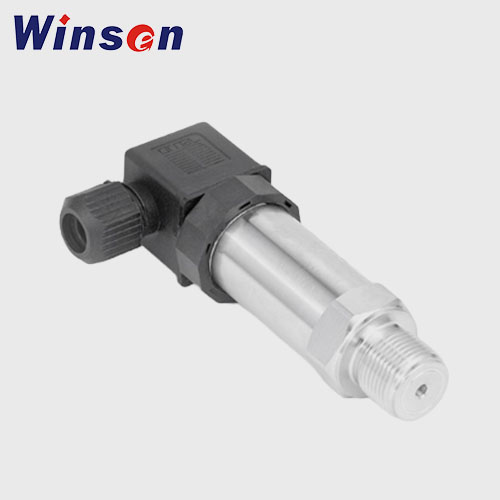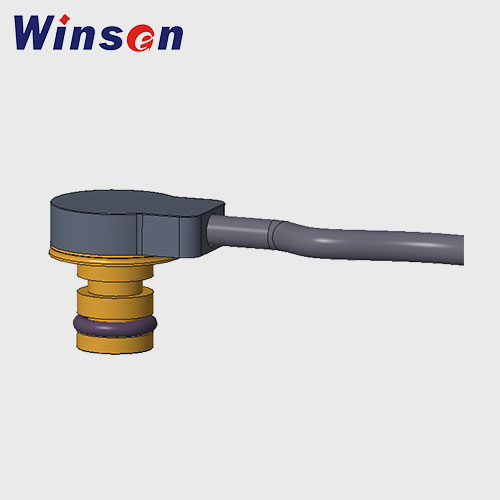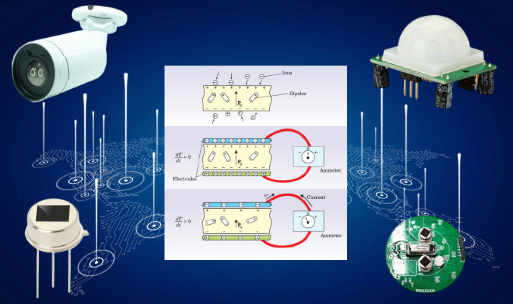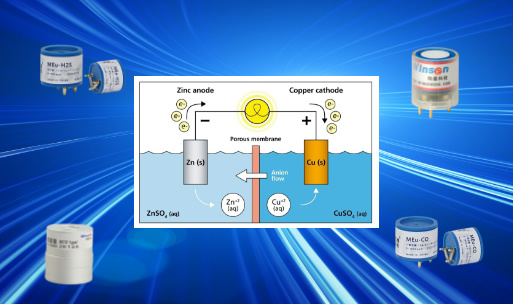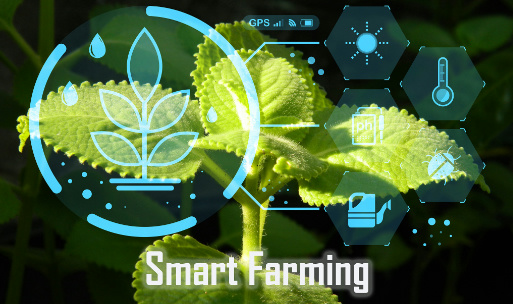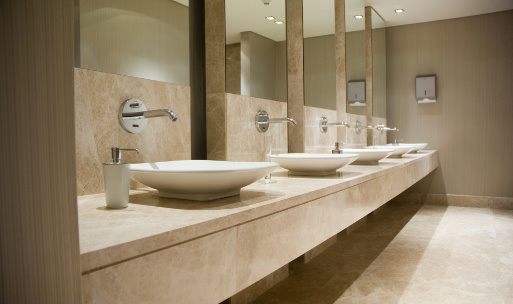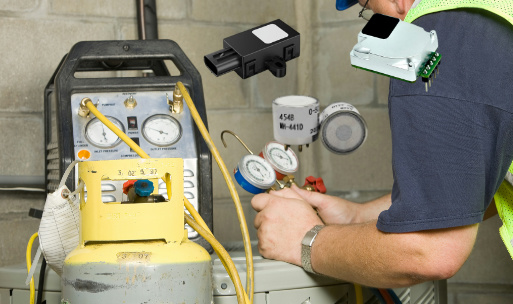Comprehensive Guide to Pressure Sensors: Types, Applications, and Selection
Pressure sensors are vital components in a wide range of applications, from industrial machinery to everyday consumer electronics. These sensors measure the force exerted by a fluid (liquid or gas) on a surface, converting it into an electrical signal that can be interpreted and used for monitoring, control, or safety purposes. This article provides a detailed overview of pressure sensors, their types, working principles, applications, and selection criteria.
What is a Pressure Sensor?
A pressure sensor is a device that measures the pressure of gases or liquids. Pressure is defined as force per unit area and is often measured in units such as Pascals (Pa), pounds per square inch (psi), or bars. Pressure sensors convert physical pressure into an electrical signal, which can be monitored and processed by electronic systems. They are essential in various fields, including automotive, aerospace, medical, HVAC, and industrial automation.
Types of Pressure Sensors
Pressure sensors come in several types, each suited to specific applications and environments. The main types include:
1. Piezoresistive Pressure Sensors
Principle: These sensors use piezoresistive materials, which change their electrical resistance when subjected to mechanical stress. The sensor contains a diaphragm that deforms under pressure, causing a change in resistance that is measured and converted into an electrical signal.
Applications: Commonly used in automotive applications, medical devices, and industrial machinery due to their high sensitivity and accuracy.
2. Capacitive Pressure Sensors
Principle: Capacitive pressure sensors measure changes in capacitance caused by the movement of a diaphragm. The diaphragm forms one plate of a capacitor, and pressure-induced displacement changes the distance between the plates, altering the capacitance.
Applications: Widely used in HVAC systems, consumer electronics, and industrial processes where precise pressure measurement is required.
3. Piezoelectric Pressure Sensors
Principle: These sensors utilize piezoelectric materials that generate an electrical charge when subjected to mechanical stress. The charge produced is proportional to the applied pressure.
Applications: Ideal for dynamic pressure measurements in applications such as vibration analysis, impact testing, and engine monitoring.
4. Optical Pressure Sensors
Principle: Optical pressure sensors use light to measure pressure changes. A common method involves using a fiber optic cable and detecting changes in light transmission or reflection caused by pressure-induced deformations.
Applications: Suitable for environments where electrical interference is a concern, such as medical diagnostics and aerospace applications.
5. Resonant Pressure Sensors
Principle: Resonant pressure sensors measure pressure by detecting changes in the resonant frequency of a vibrating element. Pressure changes alter the element's natural frequency, which is measured and correlated to pressure.
Applications: Used in high-precision applications like scientific research, meteorology, and industrial instrumentation.
6. Strain Gauge Pressure Sensors
Principle: These sensors use strain gauges bonded to a diaphragm. When pressure is applied, the diaphragm deforms, causing the strain gauges to stretch or compress, changing their electrical resistance.
Applications: Commonly used in industrial automation, hydraulic systems, and laboratory instruments.
Applications of Pressure Sensors
Pressure sensors are used in a multitude of applications across various industries:
Medical Field
- Blood Pressure Monitors: Measures blood pressure in patients.
- Respiratory Devices: Monitors pressure in ventilators and CPAP machines.
- Infusion Pumps: Ensures accurate delivery of medication.
Industrial Automation
- Process Control: Monitors and controls pressure in manufacturing processes.
- Hydraulic Systems: Measures pressure in hydraulic machinery and equipment.
- Leak Detection: Identifies leaks in pipelines and storage tanks.
HVAC Systems
- Building Automation: Monitors air pressure in HVAC ducts and systems.
- Refrigeration Systems: Ensures proper refrigerant pressure for efficient cooling.
- Environmental Control: Maintains optimal air pressure for indoor air quality.
Food and Beverage Industry
- Coffee Machines: Pressure sensors regulate brewing pressure for consistent coffee quality.
- Blenders: Pressure monitoring enhances safety and efficiency in high-speed blending processes.
- Food Processing Equipment: Ensures precise pressure control in various food processing applications.
Automotive Industry
- Tire Pressure Monitoring: Ensures optimal tire pressure for safety and fuel efficiency.
- Engine Management: Monitors intake manifold pressure, fuel pressure, and oil pressure.
- Airbag Systems: Detects collision impact to deploy airbags.
Aerospace Industry
- Altitude Measurement: Used in altimeters to measure aircraft altitude.
- Cabin Pressure Monitoring: Ensures safe and comfortable cabin pressure for passengers.
- Fuel System Monitoring: Monitors fuel pressure and flow in aircraft engines.
Consumer Electronics
- Smartphones: Used in barometers for altitude measurement.
- Wearable Devices: Monitors pressure in fitness trackers and smartwatches.
- Appliances: Ensures proper pressure in washing machines and dishwashers.
Advantages of Winsen Pressure Sensors
Pressure sensors offer numerous benefits, including:
1. Accuracy and Precision
Pressure sensors provide accurate and precise measurements, essential for applications where precise pressure control is critical.
2. Real-time Monitoring
They enable real-time monitoring of pressure changes, ensuring timely detection of anomalies and quick response to potential issues.
3. Durability and Reliability
Many pressure sensors are designed to withstand harsh environments and extreme conditions, offering long-term reliability and durability.
4. Versatility
Pressure sensors are available in various types and configurations, making them suitable for a wide range of applications across different industries.
5. Safety
They enhance safety by providing early warnings of dangerous pressure levels, preventing accidents and equipment failures.
Choosing the Right Pressure Sensor
Selecting the appropriate pressure sensor involves considering several factors:
1. Measurement Range
Choose a sensor with a measurement range that matches your application's requirements. Ensure it can accurately measure the expected pressure levels.
2. Accuracy and Precision
Consider the required accuracy and precision for your application. High-precision sensors are essential for critical applications, while lower accuracy may suffice for less demanding tasks.
3. Environmental Conditions
Consider the operating environment, including temperature, humidity, and potential exposure to corrosive or hazardous substances. Select a sensor designed to withstand these conditions.
4. Output Type
Pressure sensors provide various output types, including analog voltage, current, and digital signals. Choose a sensor with an output compatible with your system.
5. Response Time
For dynamic applications, consider the sensor's response time. Faster response times are crucial for monitoring rapid pressure changes.
6. Size and Mounting
Ensure the sensor's size and mounting options fit your application. Some sensors are designed for compact spaces, while others may require specific mounting configurations.
Conclusion
Pressure sensors are indispensable tools in numerous industries, providing critical data for monitoring and controlling processes, ensuring safety, and enhancing efficiency. Understanding the different types of pressure sensors, their working principles, applications, and selection criteria can help you choose the right sensor for your specific needs. Whether in automotive, aerospace, medical, industrial, or consumer applications, pressure sensors play a vital role in modern technology, contributing to advancements and innovations across various fields.


